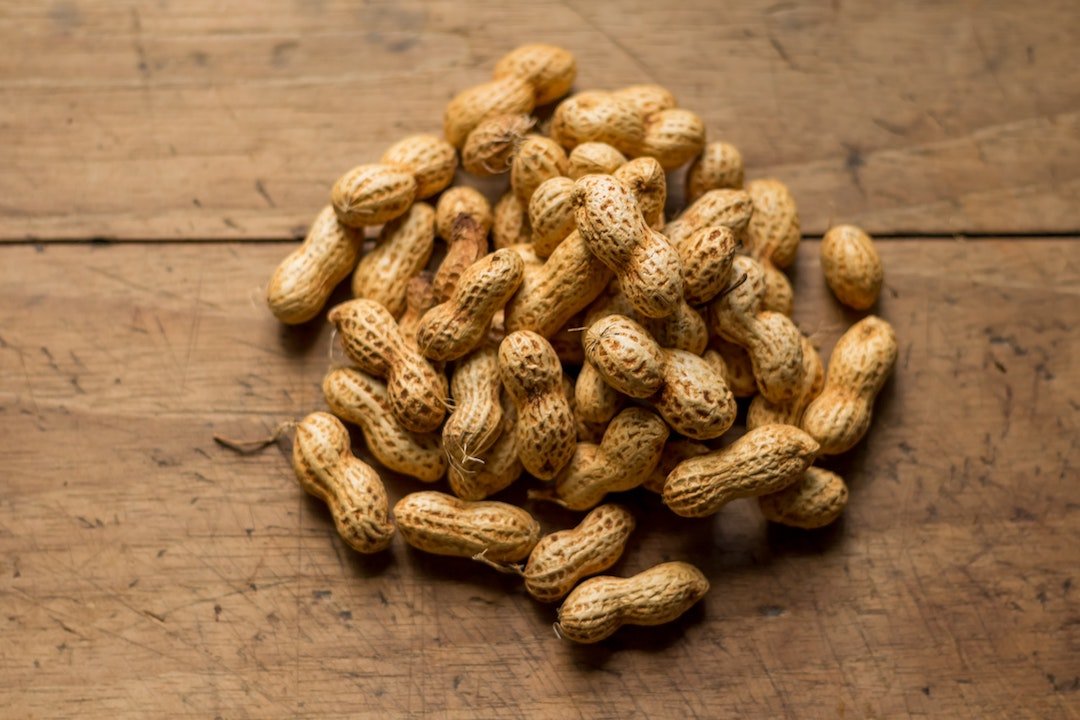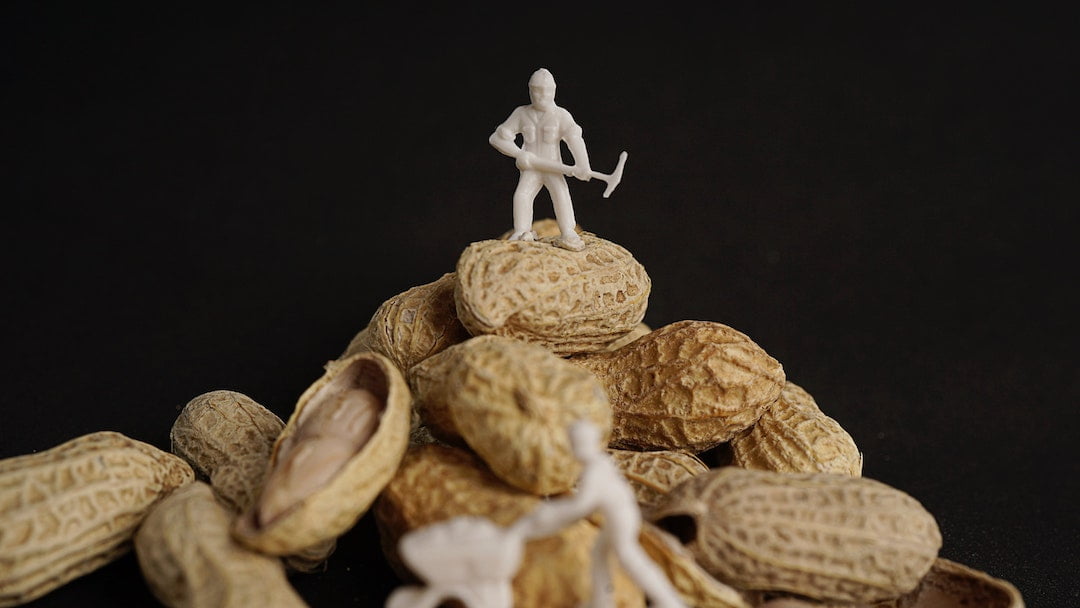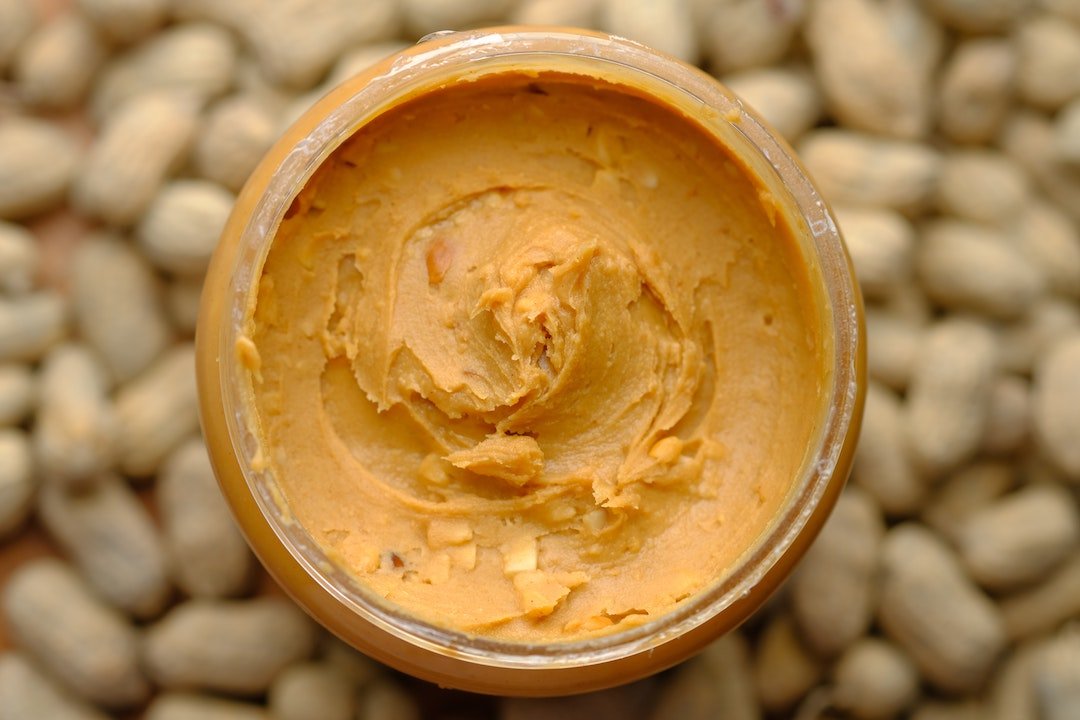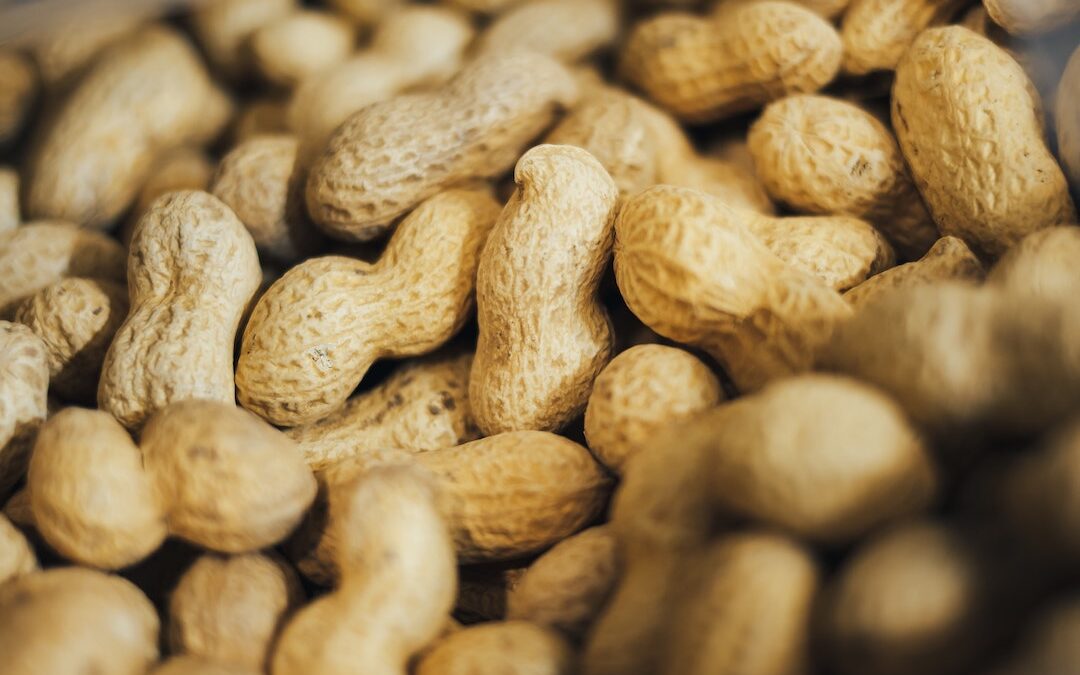The peanut industry is on the brink of growing a 100% Australian crop.
Thanks to researchers from CQ University, who are heading into their second year of trials, new uses for the peanut plant are being discovered and utelized in the hopes of reviving the peanut industry.
While peanuts themselves are used in foods like peanut butter, the top end of the plant can be converted into livestock feed, giving growers an extra revenue stream.
So, what does this mean for peanut farmers? And how is it changing the industry?

Peanut Problems
Each year, Australia imports thousands of tonnes of peanuts from all over the world. Our national commercial industry is still relatively young, having only been established in the 20th century. As such, reliance on imported peanuts continues to be high.
Initially, peanuts were grown in South Burnett, but now crops can be found in the Bundaberg region and in Tolga. One of Australia’s biggest peanut butter brands, Bega Foods, is already showing signs of change in an attempt to increase the capacity of growers nationwide. They have become less and less reliant on imported peanuts, supporting local farmers, however, attempts to establish a fully Australian crop are yet to prove successful.

Rampant Research
This inability to champion an entirely Australian peanut harvest is largely due to the ambiguous weather conditions across the country. CQU research fellow Drew Portman reveals that fertile areas for peanuts have shrunk in size over recent years.
“You can only grow peanuts in certain areas,” he says. “One of the challenges is the cost of transport to places for processing.”
When transport costs are higher for national stock than international stock, it’s easy to see why many brands are turning their gaze outwards to supply their peanuts, leaving Australian farmers with less incentive to continue growing.
On top of the production cost, a lack of water has also been a challenge for our farmers. Without the water to keep peanut plants happy and healthy, many growers have been losing stock in recent years.

Simple Solutions
In order to combat these mounting factors, researchers are looking at how to make use of the entire peanut plant. They’re also trying to increase the number of peanut growers in northern Australia by offering a greater revenue stream.
“There’s a really great benefit to the trial in that there is a value that can be taken from the crop early in the season,” says CQU researcher Tieneke Trotter. “That’s money in a farmer’s pocket before waiting five months before you get a final product.”
This secondary revenue stream comes from a part of the peanut plant long thought to be useless. Before peanuts are even harvested and distributed, the team has discovered that the top of the plant can be converted into hay.
“The treatment has actually not had a particularly negative effect on the quality and yield that we’re seeing at the end of the season,” says Dr Trotter. “We’re really happy with the trial and it’s showing some really good promise.”
The biomass taken from the peanut plant is high in nutrients and proteins, making it ideal as a feed for livestock, and providing just another incentive for farmers to continue growing this important and delicious crop.
While research is far from complete, the CQU team is hopeful that people and brands across the country will begin to see the benefit of growing a 100% Australian crop. If we can continue focusing on our peanuts, there’s hope for a booming industry in the future.
To learn about Australia’s other agricultural industries, click here.

